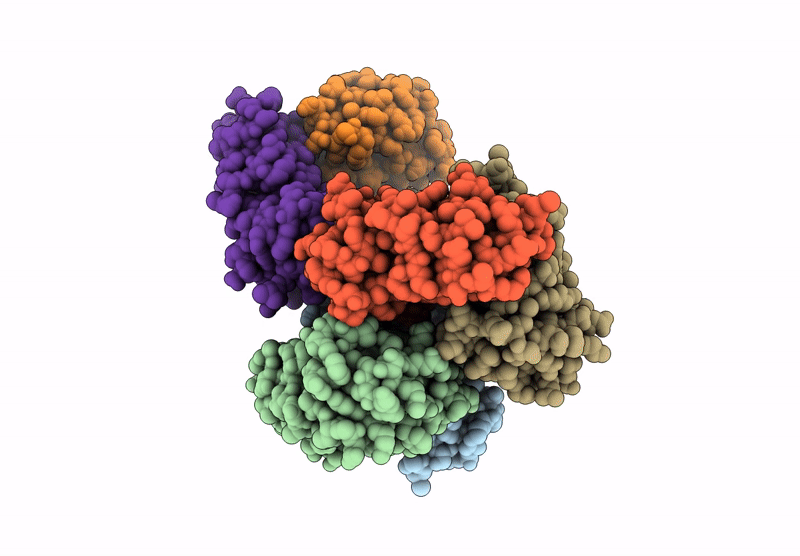
Deposition Date
2022-10-30
Release Date
2023-01-18
Last Version Date
2024-10-09
Entry Detail
Biological Source:
Source Organism:
Physcomitrium patens (Taxon ID: 3218)
Host Organism:
Method Details:
Experimental Method:
Resolution:
2.20 Å
R-Value Free:
0.25
R-Value Work:
0.20
R-Value Observed:
0.20
Space Group:
P 1 21 1


